Today we’re going to have a bit of a Really Right Stuff love-fest, as we look at the new camera L-Plates for the 5D Mark III and the completely re-designed L-Plate for the Canon EOS 1D X, as well as the TVC-34L Tripod with Leveling Base that I recently bought, and we can’t do an RRS love-fest without giving their flagship ball-head, the BH-55 a mention.
In fact, I might as well start with the BH-55, as this has been my best friend for almost five years now. I’d used a number of ball-heads over the years, and as camera resolution increased, the flaws in my older ball-heads became apparent, and I’d look for something else.
I recall my friend Graham Morgan showing me his BH-55 on our first Hokkaido Workshop, and I also recall thinking just how beautiful a work of engineering art it was. He said it was the most solid ball-head he’d ever used, and of course, he was right. The BH-55 is rock solid. I bought mine within weeks of returning home from Hokkaido that year and haven’t regretted it once.
The image below shows the BH-55 on top of my new Really Right Stuff TVC-34L Tripod with optional TA-3-LB Leveling Base, both of which we’ll look at shortly. Really Right Stuff gear really are works of art, so I couldn’t help sharing this first image from a series of black background shots that I made of this stuff. I shared the series of black background images on Google+ if you are interested, but for the rest of today’s images, we’ll use white background shots, to make it easier to see the gear.
(Click on the image to view larger and navigate back and forth with your mouse or keyboard arrow keys.)
The BH-55 has three knurled knobs, starting with the largest one, which is to lock the ball in place, and believe me, when you tighten this up, that ball and camera are going nowhere!
Of the two smaller knobs, the one at the bottom is to lock the horizontal movement, stopping the entire head from rotating. You use this to recompose when you need to move the camera horizontally across your scene.
If you have the tripod level, you can turn the camera on it’s horizontal axis like this to take panorama photos. It’s not going to be quite as accurate as setting it all up to rotate the camera around the No Parallax Point but today’s stitching software is so advanced that I personally don’t worry too much about that.
The top of the two small knobs is to control the drag or tension of the ball in its socket. This may not be an obvious benefit until you actually use it, but when I have this too slack, and undo the large locking knob, the camera flops around all over the place, making it hard to control. Adding just the right amount of tension to push back as I move the camera around makes fine turning so much easier.
You can tilt the ball-head and camera over and down into one of the two circular cut-outs on the head, which allows you to point the camera down further than the other positions, but you can also tilt the camera over on it’s side using these openings, but that moves the center of gravity of the set up over to one side, and although it’s still very stable, for best results, and for a number of other reasons, I chose to use L-Plates on my cameras, which enable me to unclamp the body, and switch orientation without tilting the camera on it’s side.
Here (below) we see the new B1DX-L Plate for the Canon EOS 1D X that has been totally redesigned over the 1Ds Mark III L-Plate.
The major innovation here is that this plate is now modular, so you can remove the side L Component and just use it as a simple base-plate. I probably will rarely do that, but it’s nice to have the option. More importantly though, as you can see (above) on the bottom of the plate, there is an extra bevelled hole which is used to screw the L-Component down in an extended position, giving you additional clearance for cables, especially when shooting with USB or Ethernet cable connected for tethered shooting.
It’s most useful in the portrait orientation of course, and not really necessary if you don’t intend to mount the camera to a tripod in this position, as all cables can be inserted with the L-Component flush to the camera, but it does making plugging them in a little easier too, so is still useful even in landscape orientation.
Of course, if you are only plugging in a cable release, all Really Right Stuff L-Plates have clearance for that, so you can use a cable release in portrait orientation without extending the L-Component and still be able to mount the camera on a tripod.
Another nice new feature, especially important now that we might be unscrewing and adjusting the L-Component in the field, is a hole in the base plate to stow the hex-key (below). I have it resting in the hole in this photo so that you can see it, but you just slide the key right in there, and it’s held in place with a small magnet.
And before we move on, here’s a bottom view (below) with Hex-Key stowed and the L-Component of the plate extended, so that you can see exactly how this works.
The 5D Mark III’s L-Plate, the BGE11-L is made specifically for the 5D Mark III with the battery grip fitted. Really Right Stuff also do a plate for just the 5D, without the Battery Grip, but I like the larger form factor of the grip, and so this is always my choice.
The 5D Mark III L-Plate is not modular, like the 1D X plate, but it’s been redesigned to allow you to remove the battery pack, as this is now accessed from the side of the battery grip, not the back as with the 5D or 5D Mark II. And, of course, you can plug in your cable release (below) without hinderance and mount the camera in portrait orientation with the cable release plugged in as necessary.
I buy lens plates for the tripod shoe (below) on all of my longer lenses, or even my macro lens that has a collar and tripod mount, and this allows me to mount the camera to the tripod via the lens, rather than the camera. This is especially important with long lenses, that tend to come with the tripod collar and shoe, because if you mount this long a lens to the camera while the camera is attached to the tripod it would put a huge amount of stress on the camera mount, and for super telephoto lenses, you may well even rip the mount out of the camera. It would of course also make your system less stable, and give rise to camera shake as well.
Of course, with the lens mounted, to go to portrait orientation, you just loosen the screw on the lens collar, and rotate the camera and lens, once again, keeping the center of gravity all down the center of the tripod, for maximum stability.
Because all of my cameras and long lenses are fitted with plates, it means that everything is interchangeable. You might remember that back in Episode 288 I showed you how I fitted my Black Rapid Double Strap with Really Right Stuff Quick Release Clamps, so that I could quickly switch from tripod mounting to my straps.
I also now use the Optech/USA straps so that I can remove the strap and pass the shorter remaining strap through the Black Rapid strap, to stop the camera falling to the ground, as it’s done a few times while walking around or sitting in Zodiacs with the strap attached to the lens. Take a look at Episode 288 if you want more information on this.
I also use a Wimberley Gimbal Head with my 600mm f/4 lens, and that works fine with the Really Right Stuff dovetail plates. And, although it broke and I never replaced it, I used to have a monopod with a Quick Release clamp fitted, and that was nice too, to be able to just switch between all of my support or carrying devices without having to unscrew and switch out the plates on anything.
So, last but not least, let’s take a look at the Versa TVC-34L Tripod with the Optional TA-3-LB Leveling Base (right). Really Right Stuff make Series 1, 2 and 3 tripods in the Versa range, with 1 being the lightest, 2 being more sturdy, and Series 3 being the most robust. They are of course all engineered to the same high standards, but tripods are always a trade-off between size and weight, and their stability. If you only intend to use your tripod with a mirrorless micro four-thirds camera for example, there isn’t much point in going for Series 2 or 3, but if like me, you use large heavy lenses and heavy professional bodies, you might want to consider a Series 3 Versa Tripod.
Selecting a Tripod
Long time listeners will probably recall me talking about things to bear in mind when selecting a tripod, and I of course bore these things in mind when I ordered my 34L too. Firstly, you want the tripod to get your camera’s viewfinder to eye-level, without having to use a center column. Raising the center column makes the tripod less stable.
If you think you’re going to want to set the camera higher than eye level, consider doing what I did, and buy a tripod even taller than yourself. I’m 5’10” (178cm) and this tripod gets my cameras’ viewfinder to eye-level without extending the bottom leg section. Having that extra height though, will allow me to extend the tripod further, if for example, I want to shoot something overhead, looking up into the viewfinder, or using LiveView.
It also enables me to extend one or two legs further when shooting on a steep slope, or with a leg in a river etc. The other things I’ve mentioned in the past is that in deed snow, the legs can sink, and it’s nice to be able to compensate for that. At events, if you take some step ladders, you can fully extend the tripod and stand on the steps, shooting over peoples’ heads. As you can see, there are a number of reasons why getting a larger tripod can help your photography. It is of course, a trade off on weight too though. Take a look at the extended height of the tripods, and bear in mind that you will add the height of the ball-head, and your camera, to the viewfinder, to get something that you don’t have to bend over to look into.
Leveling Base
I selected the 34L tripod without a center pole, and instead added the optional TA-3-LB Leveling Base (bel0w). As you can see in the last photo (above), it allows you to level the tripod head, even if the legs are on uneven ground. Of course, in this photo I simulated this by extending one leg further than the others, but you can also see how I was able to correct this. You turn the short pole extending out of the bottom of the leveling base to loosen it, straighten it according to the built-in spirit level, then turn the pole back to tighten it and lock the base in position. It will apparently adjust for up to 15° of tilt, which you can see from these photos is quite significant.
You might be wondering why I wouldn’t just allow the ball-head to be at an angle, and correct the camera with the ball-head itself, but this goes back to what we mentioned earlier, about panorama photos. With the base level, you can unscrew the horizontal movement screw on the BH-55 and just turn the camera on the base, and keep your horizon straight as you shoot your series of panorama shots. To do this without the leveling base, your only other option is to adjust each leg until you get the tripod straight, but that takes a lot more time.
We can also see in this next photo, that the pole extending out of the bottom of the leveling base does not touch the floor when you have the tripod set to it’s lowest level, by splaying the legs out to their full extent.
Why Do I Need a Sturdy Tripod?
Of course, the reason you’ll want a big sturdy tripod is to keep your gear rock solid during your exposure. I do a lot of long exposures, and you really need a solid tripod to avoid camera shake once you slow your shutter speed down. Even for normal speed exposures, if your ball-head and tripod shudder as your shutter unit moves, you’re going to end up with blurred images.
Longer lenses are heavier and therefore obviously need a more sturdy tripod. The 34L will support up to 50lb / 23kg in weight, which is enough for even the biggest lenses, but long lenses can shudder during exposure, so I also use a Really Right Stuff Lens Support Package, to support the front of the lens as I shoot, which reduces that shudder a lot. Here’s a photo from Episode 198 in which I talked about this lens support system.
You can see I also use the Really Right Stuff Replacement Foot! This really is a Really Right Stuff love-fest!
What Was Wrong With My Gitzo?
I was asked what was wrong with my trusty Gitzo 3 Series Tripod, and why I replaced it, so I should say for the record that I still believe that Gitzo make incredibly good tripods. I was always happy with the sturdiness of my Gitzo coupled with the BH-55 ball-head. The problem was that a few months ago, one of the legs started to rotate at the top of the first section, making it difficult to loosen and tighten the legs to extend or retract them. I’ll be keeping the Gitzo too. I just had to sent it in for repairs, and didn’t expect it to be returned before I leave for the US to continue my Pixels 2 Pigment workshops.
Having said that, now that I own a Really Right Stuff tripod, I can’t see me going back. In true RRS style, the TVC-34L Tripod is an engineering work of art. Even down to how the latches ratchet back out as you bend the legs back in out of the low angle mode, is magical. They’ve thought of everything, and I’m very pleased that I took the plunge. The only thing that I will have to work around is that without the center pole, I am not able to flip the pole around and hang the camera below the tripod for super low angles and macro work. I guess when I leave the house to do that kind of photography from now on, I’ll continue to reach for my old trusty Gitzo.
The Trade Off – Your Choice
Just to recap, larger, sturdier tripods are always a trade-off with regards to size and weight. If you are going to be traveling or even trekking of course, you might decide to go for a lighter, smaller tripod, and live with the lack of ultimate sturdiness, and even having to bend down to look through the view finder. It’s totally up to you. My main advice here though, is weight up the advantages and disadvantages, and make your decision based on what you are able to carry. If you can carry, and have the budget for the larger more sturdy tripod, and don’t have another reason to make that trade-off, then go the larger one. It will serve you well, I assure you.
Oh, and the same goes for the ball-heads. The BH-55 is Really Right Stuff’s flagship model, but they do a series of smaller heads that are from what I can see also incredibly well made, so if you go for a smaller tripod, consider a smaller head too. There wouldn’t really be much point in having a big fat BH-55 on top of their smallest tripod.
Quick Release Levers
One word before we finish, about the Quick Release clamps as opposed to the knurled knob clamps that Really Right Stuff also make. I’m asked regularly if I trust the quick release clamp, and if I think the knob might be better, or safer.
My reply is usually that I tried the knob release in the past, and didn’t like it. It takes too long to switch out a camera or lens when you have to turn the knob, plus, in cold conditions it can be a pain, literally. I personally prefer the quick release aspect, and I have never once had one of these come loose, so yes, I trust them totally, even when dangling my gear from the Black Rapid Double Strap using the quick release clamps.
Simply the Best!
Really Right Stuff isn’t the cheapest camera support system on the planet, by a long shot, but this is one of those occasions like many, when you really do get what you pay for. If you can make do with cheaper, that’s great! But most people I know end up spending more money on camera supports than is really necessary because they start off cheap, and gradually replace their tripods and heads as they grow as photographers, and find inadequacies in their gear. I’ve done this myself, going through a number of tripods and ball heads over the years. If you read this early enough in your photographic life, you may even be able to save yourself a little money by just going for the best now, because that’s what Really Right Stuff gear is, the best.
End Notes
Note that over the next month or so the Podcast release schedule is going to be all over the place, as I travel to the US, Canada and the UK for my Pixels 2 Pigment workshops. We still have spaces, so if you’d like to join us, please check out the www.pixels2pigment.com Web site and see what that’s all about.
Also, I’m taking the opportunity of being in the US at this time to attend Photoshelter’s Luminance 2012 Workshops and series of TED style talks from Sept 11-13. I’ll be learning stuff from greats like Joe McNally and Zack Arias, which is going to be amazing! If you are also planning to go, do let me know, or search me out while you are there, so that we can meet face to face and shake hands.
Show Notes
Links to most gear is in-line above.
Music from Music Alley: http://www.musicalley.com/
Subscribe in iTunes for Enhanced Podcasts delivered automatically to your computer.
Download this Podcast in MP3 format (Audio Only).
Download this Podcast in Enhanced Podcast M4A format. This requires Apple iTunes or Quicktime to view/listen.

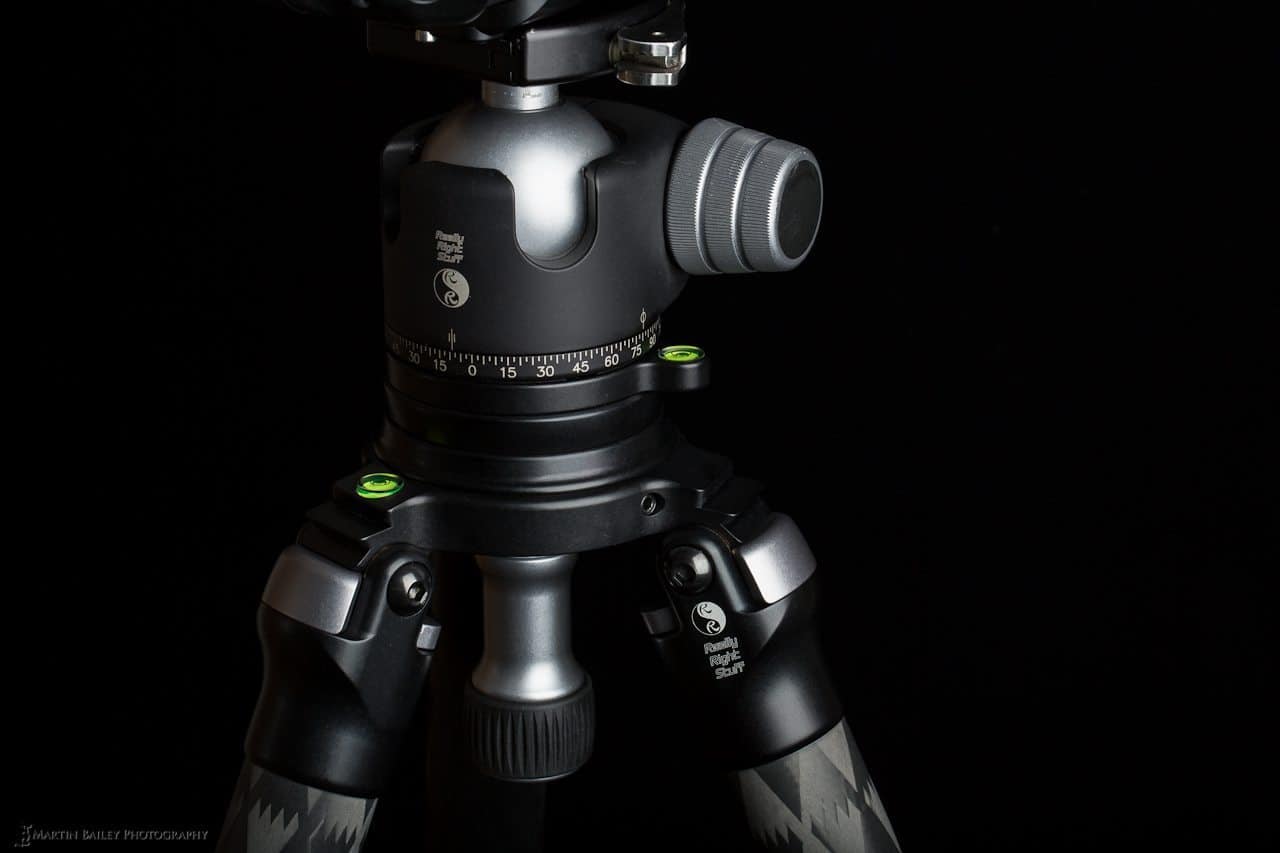
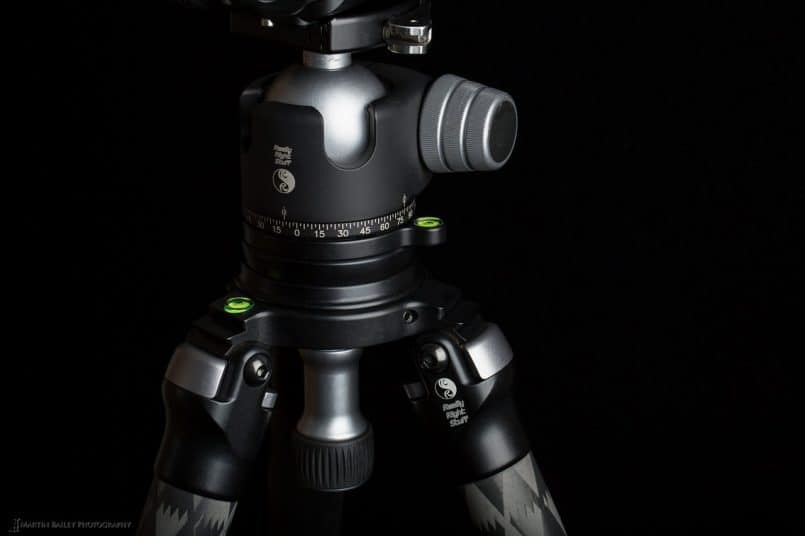
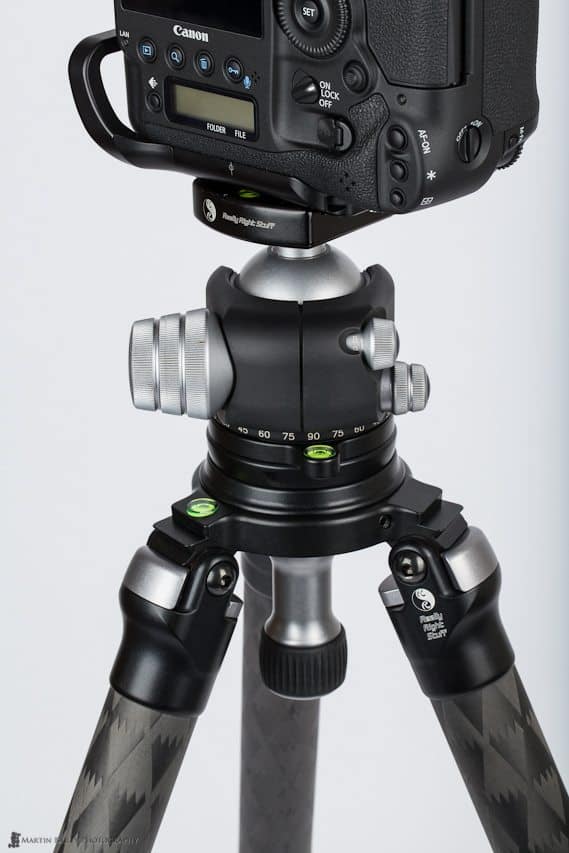
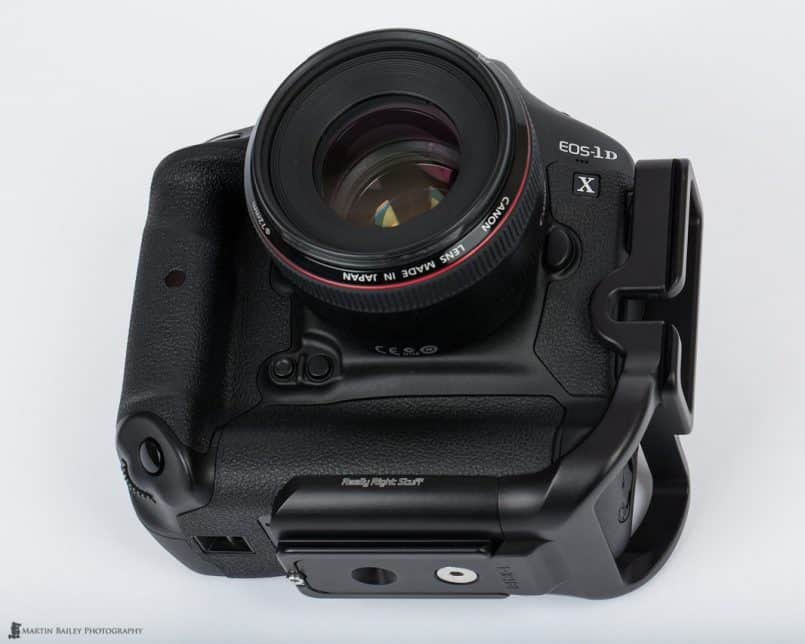
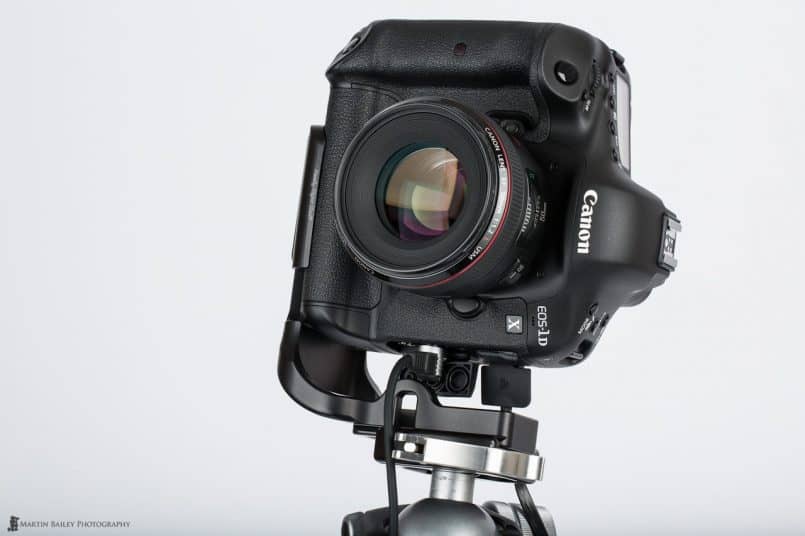
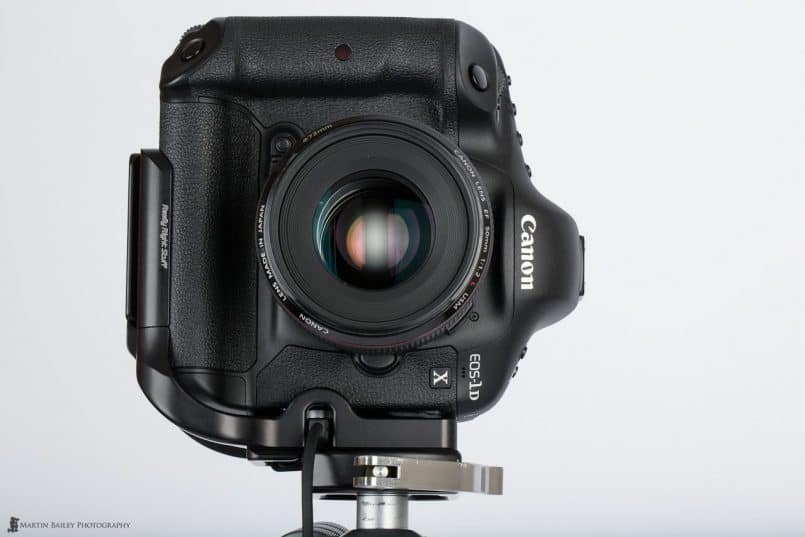
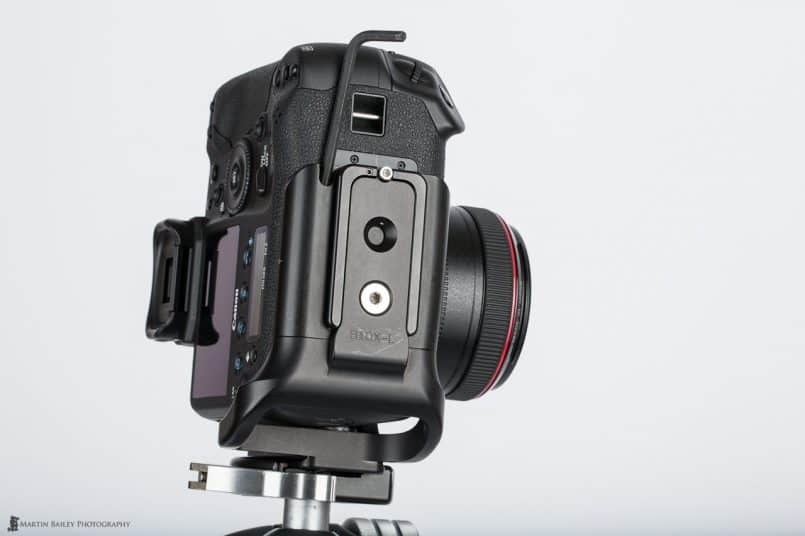
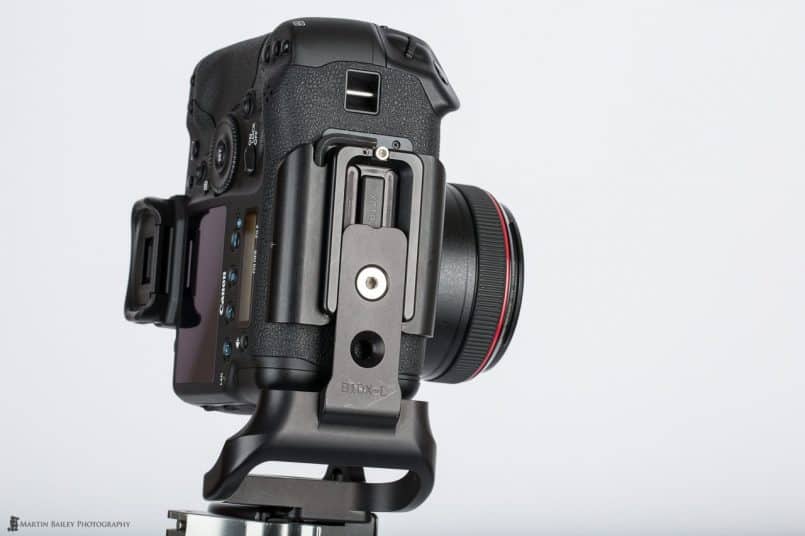
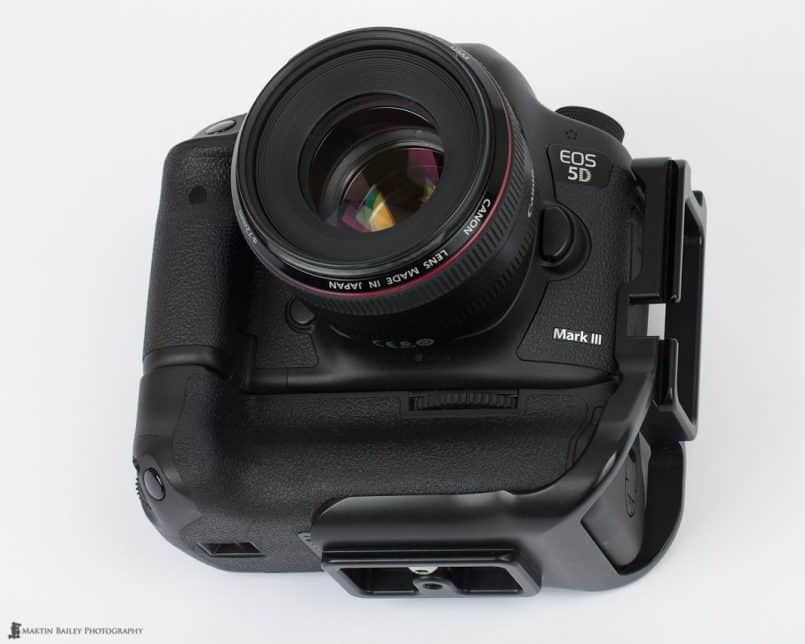
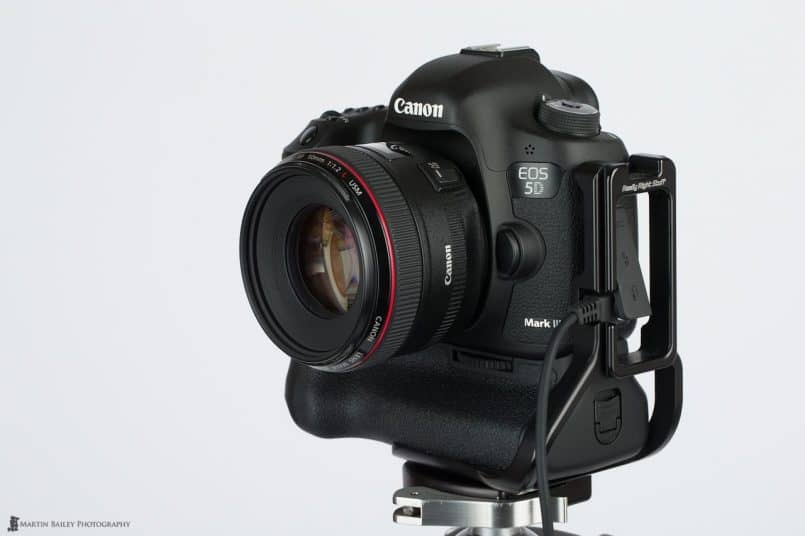
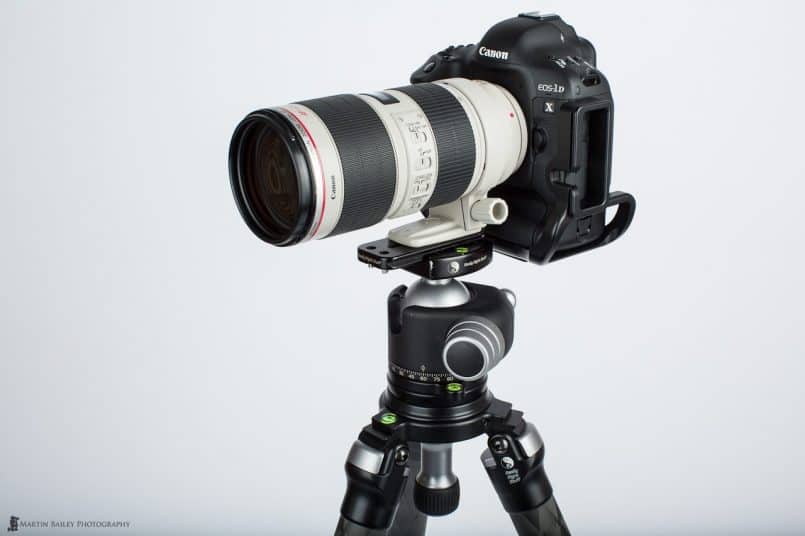
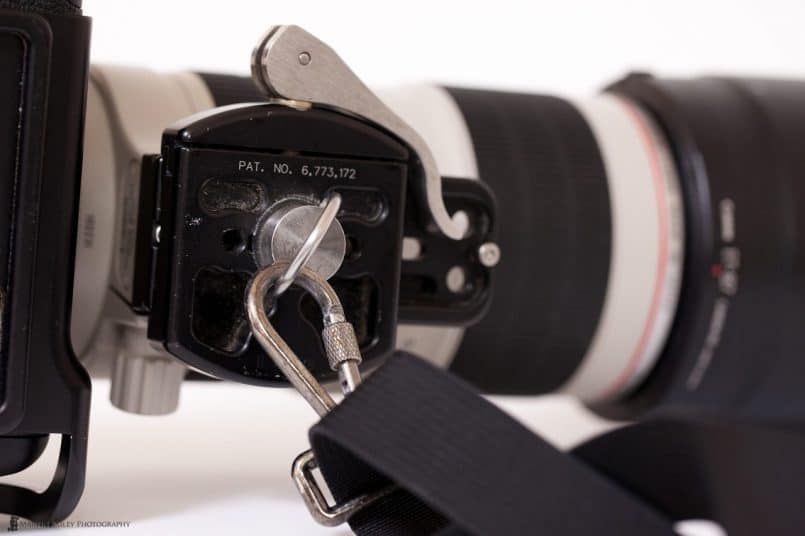


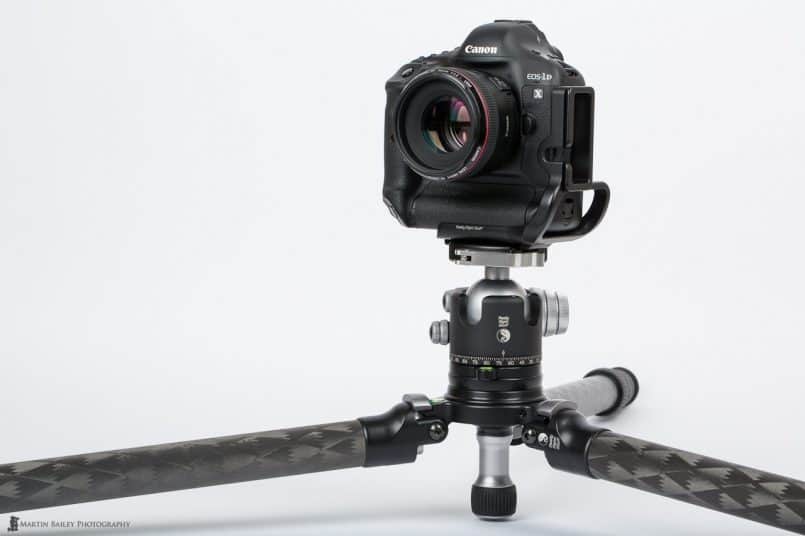
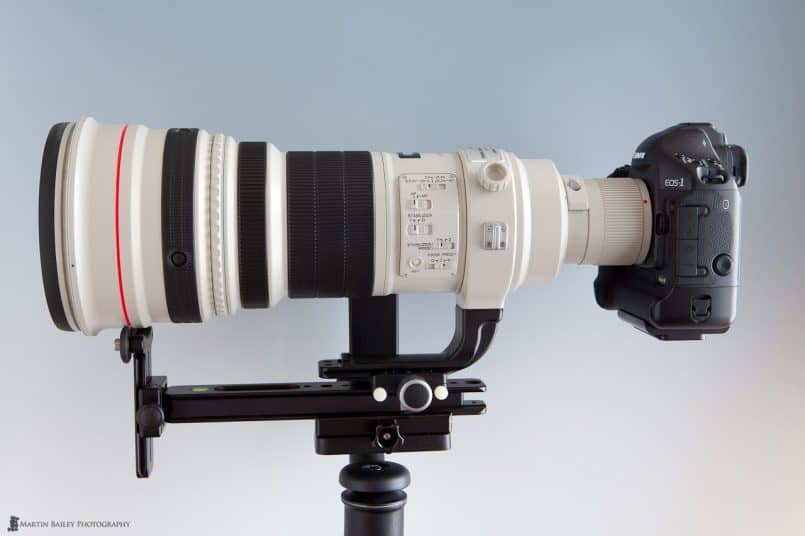
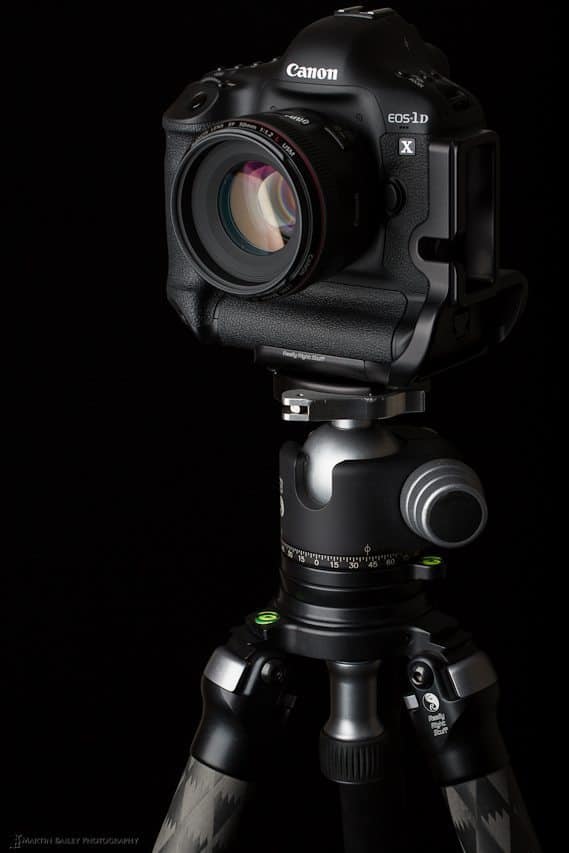

Martin –
This is an excellent review. I have been using RRS ballheads and other accessories, and have definitely been impressed with their design and quality. I am using a Gitzo 3 series tripod, but want to see what your opinion is of using an RRS TA-3-LB Leveling Base with it. Currently, I am using a 3rd party plate that bolts thru from the bottom into the base plate for additional security. This seemed necessary when carrying around the Gitzo with a Wimberley head and a Canon 500mm f/4 attached. One consideration is that would not be possible with the leveling base.
Thanks for your opinion.
Dudley
Hi Dudley,
Thanks for checking out the review!
I also have a Gitzo 3 series tripod, but it’s not Systematic, so I can’t use the RRS Leveling Base with it. If your tripod is Systematic, the leveling base would certainly be a nice addition, but maybe not with your requirements.
The RRS leveling base comes with screws to lock it in place and prevent it from falling out, but you won’t have the holes for these screws in the Gitzo. With that in mind, if you really need to carry the 500mm on a gimbal over your shoulder, I would give it a miss. It wouldn’t be much fun to see that all falling to the ground.
I hope that helps!
Martin.
I use an RRS leveling base with my Gitzo 3541LS Systematic. It works a treat. While I haven’t done it with mine, I see no problem drilling and tapping three holes for grub screws to lock the plate in the same way that RRS does with their tripod. If you are not up to this yourself I am sure almost any engineering shop could do it in their sleep. Actually, you would probably only need one as you would still use the Gitzo clamping system for the main lock. The grub screw would simply be a safety net.
I also use the replaceable centre column. In my case, mainly for indoor work. It is much easier to make slight corrections in height for close work with it than it is to play with the leg extensions. As I am usually using flash here, any loss of stability is moot. It is the work of seconds to swap them over.
I really wish RRS had brought out their tripod before I needed one last year. That when I bought the Gitzo. RRS were saying the tripod would be out “real soon now” but I just couldn’t wait any longer.
Cheers Greg.
nice review, This is a very informative and interesting post to read. Thank you for posting this!
This is a really excellent review. I have the TVC-34L and the BH-55 for use with my 5D Mark III. I have skimped on good tripods in the past and decided with my investment in a relatively high end body, 70-200 IS II and so on that I should have a tripod worthy of supporting my equipment. I am consistently blown away with the quality of Really Right Stuff gear. Is it expensive? Yup. Will it serve me for many many years? No doubt. Their tripods are works of art. Just make sure if you travel you get a Pelican case that fits it and not the soft side RRS offers. The soft side is fine for local work, but you don’t want to show up at the airport and the ticket agent insists on checking it when it’s in a canvas bag. I will only check it if in the Pelican case.
I couldn’t agree more Tracy. RRS are well worth the money and total works of art.
On traveling with the tripod, a Pelican case is a good idea, but often when I travel I’m only allowed one checked bag, so for me, the tripod usually goes in the main suitcase or duffel that I’m traveling with. I usually take the ball-head off and put them in the case separately, to remove a stress point, and I’ve not had a problem so far (fingers crossed!).
Thanks for stopping by and for the comment Tracy!
Hi Martin,
A quick follow-up question regarding the Leveling Base…
RRS also offers it in a long(er) handle version with a hook. Obviously, this would have an impact on your ability to use the tripod with the legs at their lowest level, but I am curious if you’ve found the standard length handle adequate, or if you feel a longer handle would be beneficial.
Thank you.
Hi Brad,
While I like the idea of the hook, I went for the shorter handle because you can still open the legs out fully without the handle touching the floor, as can be seen in one of the photos above. The longer handle will hit the floor with the legs out horizontally. Although a slightly longer handle would be nice, the standard one is plenty long enough, so I’m happy with my decision here.
I guess if you rarely take the tripod to it’s lowest level, the longer handle and hook would be nice. It’s a tradeoff, as usual.
I hope this helps!
Cheers,
Martin.
Thanks for your response Martin. Yes, it was helpful.
Cheers,
Brad
I tried posting a question before, but I’m not certain if it made it.
I’m moving up to a Canon 500mm prime lens, and have already ordered the PG02-LLR to go with my existing RRS TV-34L tripod.
I’m wondering Martin, have you ever been able to carry large glass on your RRS gimbal, over your shoulder? Once I’m in the field and after birds, I generally like to carry my DSLR and long lens mounted on a RRS tripod or monopod, over my shoulder and ready to shoot.
Is the RRS PG-02LLR in your opinion sturdy enough for this type of carry? I plan to backup the security with an Upstrap attached to the lens strap mounts during this type of carry.
Outstanding website, photos and overall delivery of critical info! Thanks very much!
Best,
Chris Kiez
http://www.chriskiezphotography.com
Sorry about that Chris. I see two email with your post from the system, but I’ll check where the first one went.
On your question; firstly, I personally haven’t carried a long lens very far on the RRS Gimbal, but that’s mostly because the locations I’ve shot with it so far don’t really require that I do. The good thing about the RRS Tripod is that there are grub screws holding the tripod base plate into the top of the tripod legs, so it can’t fall out.
As for the PG-02LLR, as long as you have a stopper screw in the bottom of your tripod foot or lens plate, to stop the plate sliding out fully should it work loose some, I’d be quite confident to carry a long lens on there, but as you say, having it tethered in some way is a good idea. Even with shorter lenses, when I walk with them on the tripod I always make sure they are tethered to something.
As I say though, I haven’t actually done this myself with the RRS Gimbal, as I’ve only just switched from the Wimberley. If you need to do this, before you buy I’d recommend you give the RRS sales team a call. They’re really down to earth, and speak with photographers with this kind of field experience all the time. They may not be able to assure you that nothing will happen, but they will be able to give you candid advice about the risks and possibilities.
Thanks for the kind words Chris, and for stopping by. The best of luck with the new gimbal too if you make the jump. It’s a beautiful piece of kit.
Cheers,
Martin.
Thanks for the reply Martin. I have received my RRS PG-02LLR gimbal setup and am now only waiting on the Canon 500mm!
I’ve installed the gimbal on the TV-34L, and tightened up, I can see that an over-the shoulder carry, with the long vertical arm of the gimbal resting on the shoulder, will work fine.
I did contact RRS, as I have in the past, and the weight capacity of the gimbal is 50 lbs. which would support the lens and gimbal in carry.
Bearing in mind that the Canon screws in the replacement RRS foot could always fail, I would as you say, always have a lens strap ’round my neck in carry, so that there would be 2 points of contact (RRS clamp with strap to the RRS L-frame on the body, then a second strap to the lens).
When in doubt, I would go very carefully and if needs be, just remove the lens and backpack it for a distance.
Again, great site. Thanks for the reply,
Chris
Good to hear you’re all set Chris. Congratulations on the new gear. It’s always exciting to get new stuff.
Thanks for the update and kind words!
Just switched from a 12 year old Gitzo 1327 w/ Arca B1 on short column to a TVS 34L with BH55. I shoot lots of belly plants with Zeiss MP 100 mm ZE, and/or MPE 65 mm, so low level performance is key. The RRS setup goes about 2-3 inches lower than the Gitzo/AS, and that is major! I considered even buying the RRS ground pod, but the TVS 34 with BH55 is sufficient. For lower shots, I put the camera on the ground.
Re quick clamp, this works only if you dedicated yourself to RRS rails. I also shoot 4×5″ ArcaSwiss, so have to use the screw clamp. For inverted shots with the AS, I also got the 3-series column, which can be inverted, and the fix base plate can be field exchanged for the column. You get the best for each situation.
The self ratcheting leg arrests are absolutely genius! I have had more than one painful catch of my skin on the Gitzo.
The non-swiveling hook is not an issue, IMHO. I cannot think of any situation in which the swivel could make any difference.
The hex key storage on the D1 is interesting. I drilled a couple of holes into an old RRS screw clamp for the same reason. Works quite well.
I have no concerns with the base plate not holding, I swing the tripod over shoulder with any of my more higher end lenses, such as a Canon 300 mm 2.8 IS, the Zeiss Otus 55 mm 1.4 ZE, or the Zeiss Distagon 15 mm ZE.